The Ashat Wall in the Gissaro-Alai range might not ring a bell, even for seasoned climbers. This hidden gem, nestled in a remote part of Kyrgyzstan, rarely sees any foot traffic. But that changed recently when three remarkable Russian women—Olga Lukashenko, Anastasia Kozlova, and Darya Serupova—decided to take on its daunting granite faces.
For three grueling weeks, these women faced the wall head-on, navigating treacherous conditions with no one around for miles, save for a lone supporter at base camp. Their journey wasn’t just about conquering a mountain; it was about shattering expectations. Up until now, only the most elite male alpinists had even attempted such a feat. As Olga Lukashenko pointed out, they were doing something unprecedented, not just in terms of the climb, but also in redefining what’s possible.
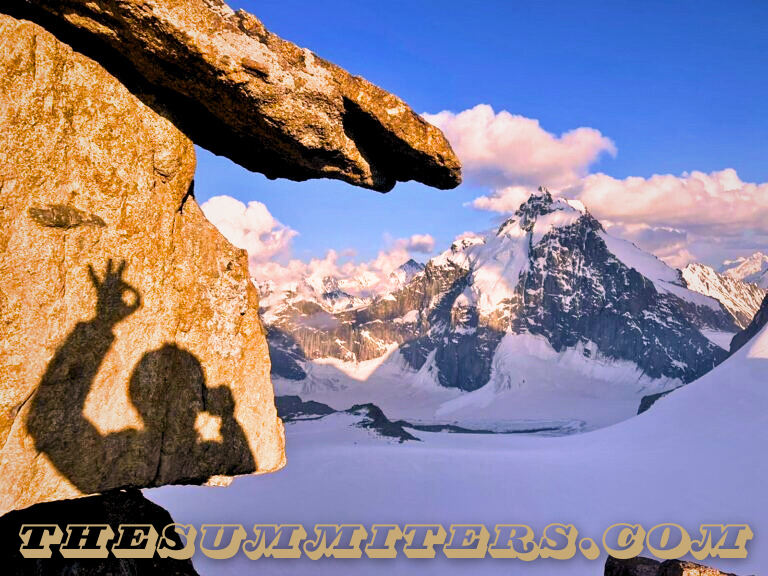
The Ultimate Rush
Lukashenko had always felt a magnetic pull toward Sabakh Peak, the 5,282-meter behemoth that looms above the Ashat Wall. Discovering that only elite male climbers had ever dared to take it on only fueled her determination to make her mark.
I don’t usually get wrapped up in the whole male versus female climber debate, Lukashenko shared. What really matters is that this climb is the real deal—it’s brutally tough. But knowing that no woman had ever attempted it? That just added an extra layer of excitement for me.”
For those curious, you can explore more about a 2013 expedition to the region, led by the legendary Piolet d’Or winner Yuri Koshelenko, here.

Last year, Lukashenko clinched the prestigious Steel Angel prize, Russia’s equivalent of the Piolet d’Or for women, with Kozlova and Serupova earning finalist spots. This recognition set the stage for their 2024 expedition, where the trio was awarded a Grit & Rock Expedition grant—a program dedicated to empowering women climbers to blaze new trails and embark on daring explorations.
When you’re applying for this grant, you need to have a solid plan from the get-go,” Lukashenko said. So, our mission to conquer Argo, one of the peaks on the Ashat Wall, was clear right from the start.
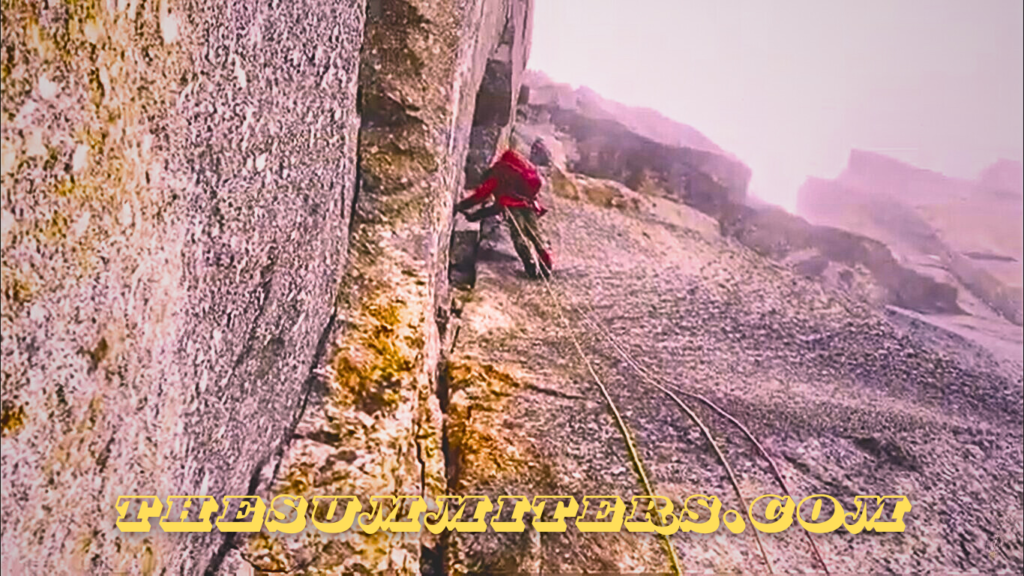
The Journey Ahead
Before they could scale Argo Peak, the real adventure began with getting there.
“The logistics were an adventure in themselves,” Lukashenko said with a laugh. They first flew into Osh, a vibrant city where the streets are alive with a mix of people and cows, and the marketplace hums with activity 24/7. From Osh, they embarked on a long drive to Ozgurush village, the starting point of their trek. Once in the village, they loaded up 200 kilograms of gear and supplies onto donkeys and horses, ready to set off on their journey.
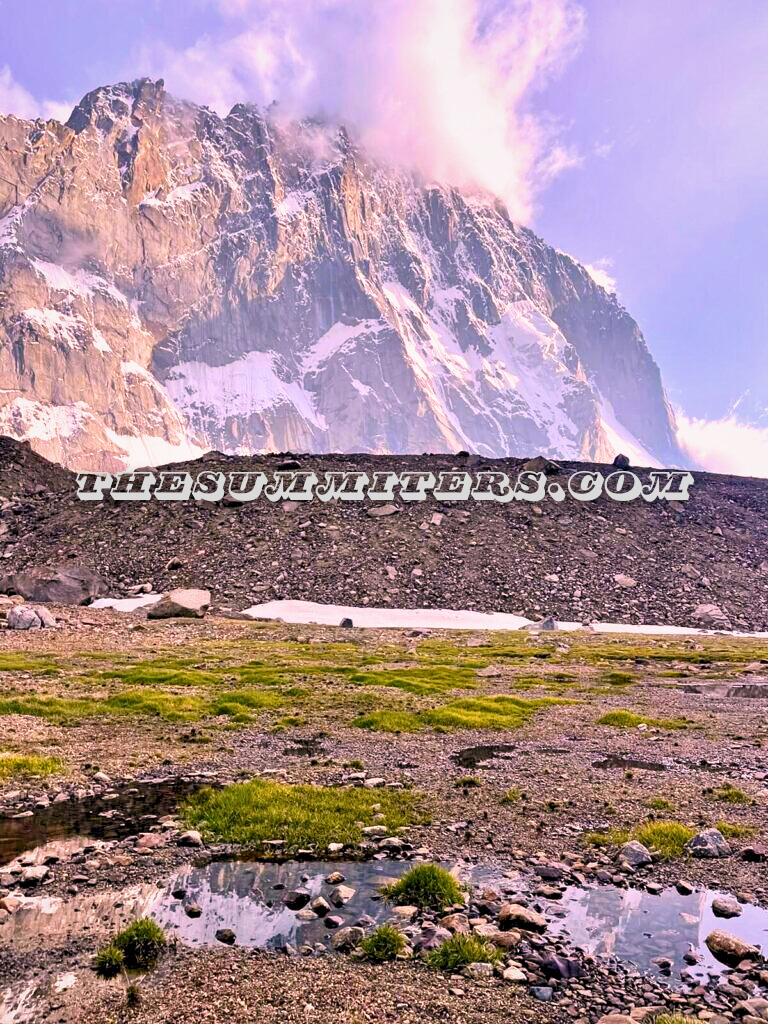
“We established our base camp a couple of hours from the Ashat Wall, conveniently located near a dependable water source,” she explained. For our Advanced Base Camp, we chose a perfect spot just 40 minutes away—it was the ideal launching pad for our ascent of Argo.
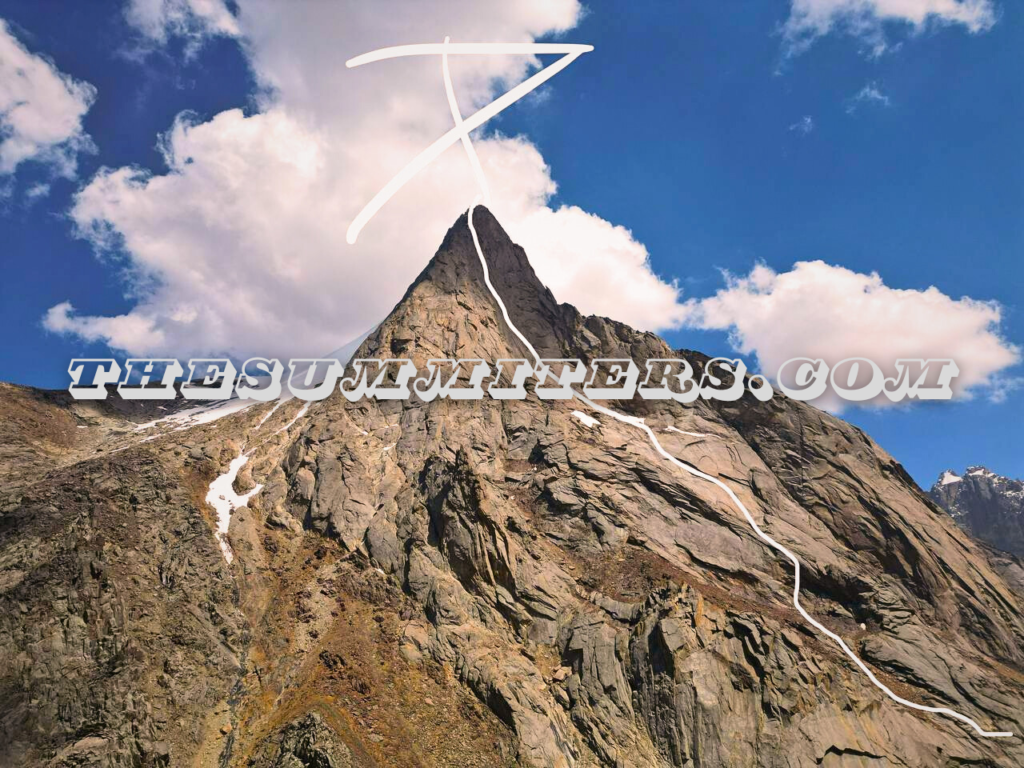
Their primary goal was the north face of Argo Peak, standing at 4,750 meters. To prepare, they tackled Western Parus Peak at 4,850 meters, following a new route up the Southwest Face. This route was a formidable 28 pitches, stretching 1,460 meters with a 1,150-meter elevation gain, rated 6c, M3, and A2.
“We spent 2.5 days climbing this route, mostly free climbing through a massive corner system in the center of the face,” Lukashenko shared. “We bivouacked once halfway up and again near the summit. The initial sections involved a lot of friction climbing on slabs. The real challenge, though, was battling the fierce wind and dealing with the wet cracks.”
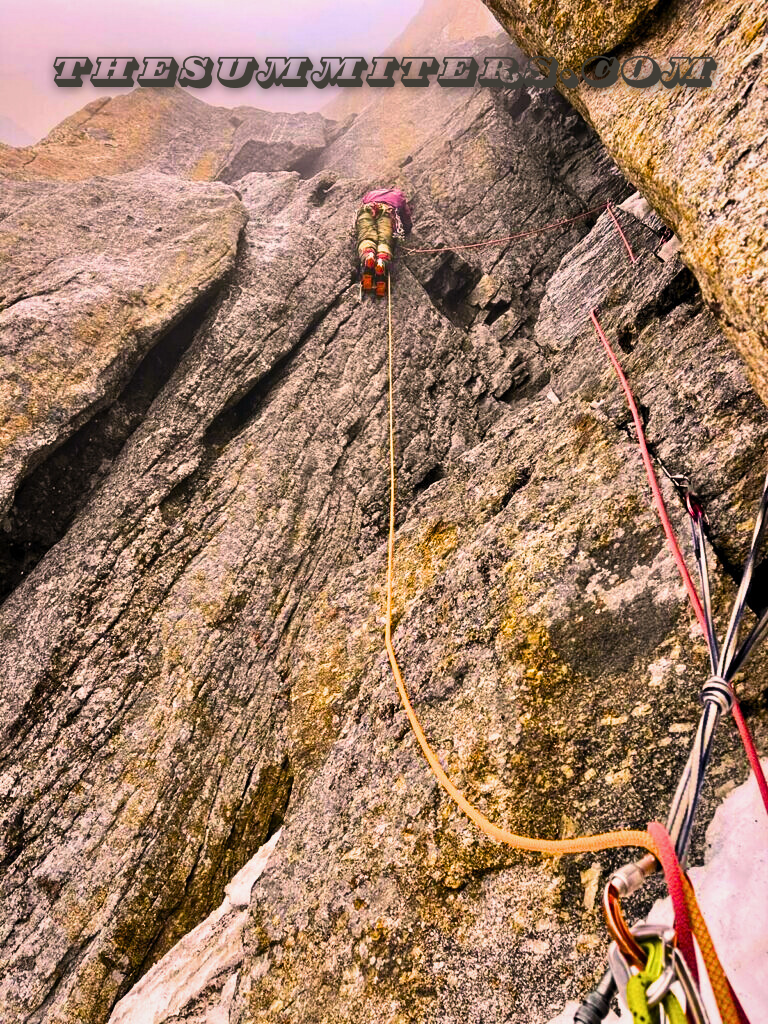
They tackled Argo using a challenging new route, making history with the first all-female ascent of the mountain.
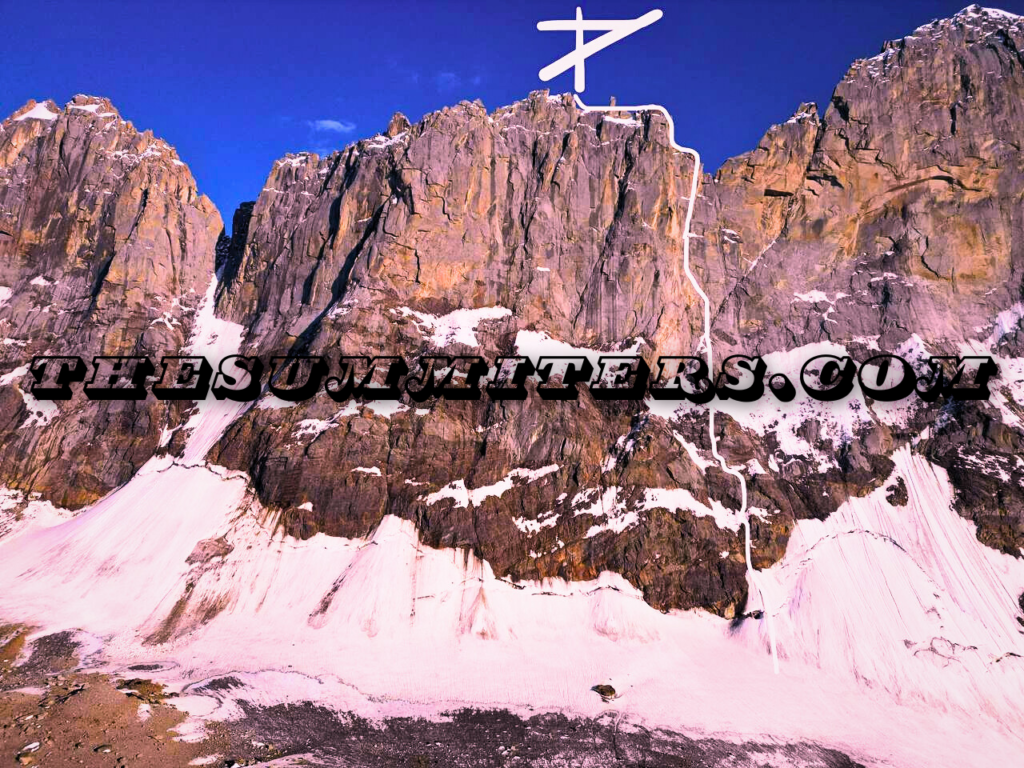
Route Insights
The team rated their new route on Argo as ED, featuring 29 pitches, stretching 1,250 meters long with a 950-meter elevation gain, and graded 7b, M5, and A3. Here’s how Lukashenko described their climb:
The first 500 meters were a mix of ice and rock climbing. We started up an ice gully, but by the time we rappelled down on the fifth day, the ice had completely melted. Given the warm temperatures, ice conditions were unreliable, so we shifted to mixed climbing, using rock protection and avoiding ice as much as possible. The second half of the wall is much steeper, presenting engaging climbing with difficulties up to 7b. The frequently wet cracks added an extra layer of challenge.”
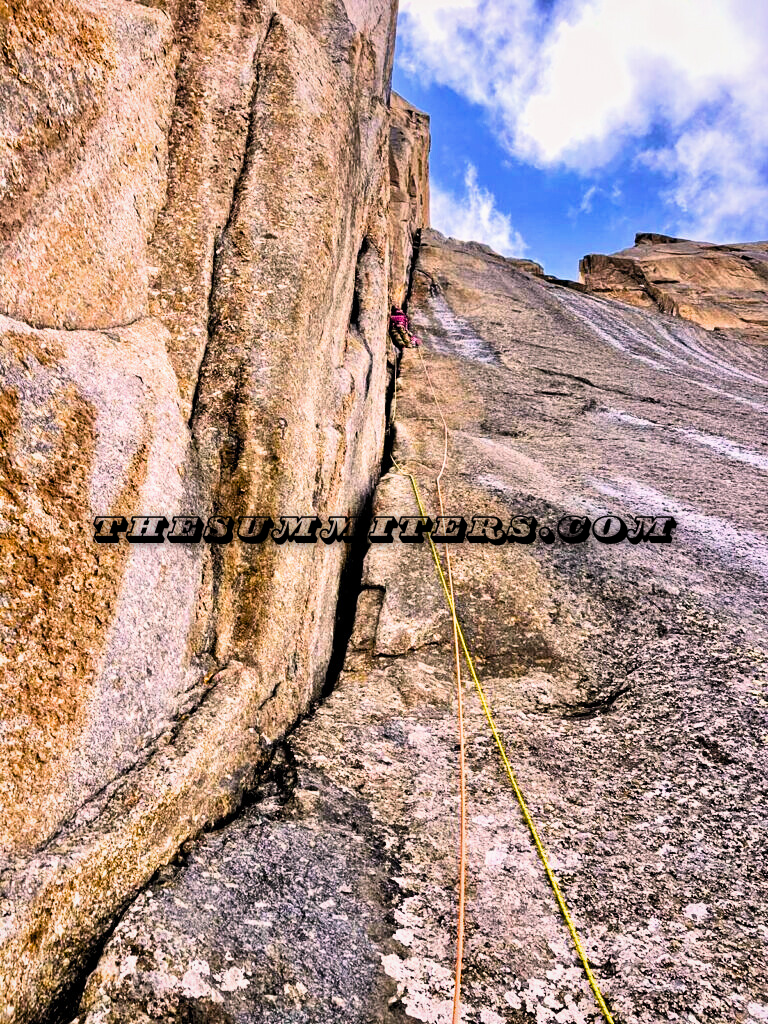
The climb was fraught with challenges, including wet, ice-filled cracks, loose rock, and the ever-present risk of rockfalls. The weather was equally harsh, with frequent thunderstorms, hail, and snow adding to the unpredictability. There were also demanding aid climbing sections rated A3+, which involved navigating vertical, disconnected large blocks. If a protection point failed in these areas, it could trigger a cascade of failures and potentially damage the rope.
As Mark Twain wisely said, “It doesn’t have to be fun to be fun.” This was certainly true in this case.
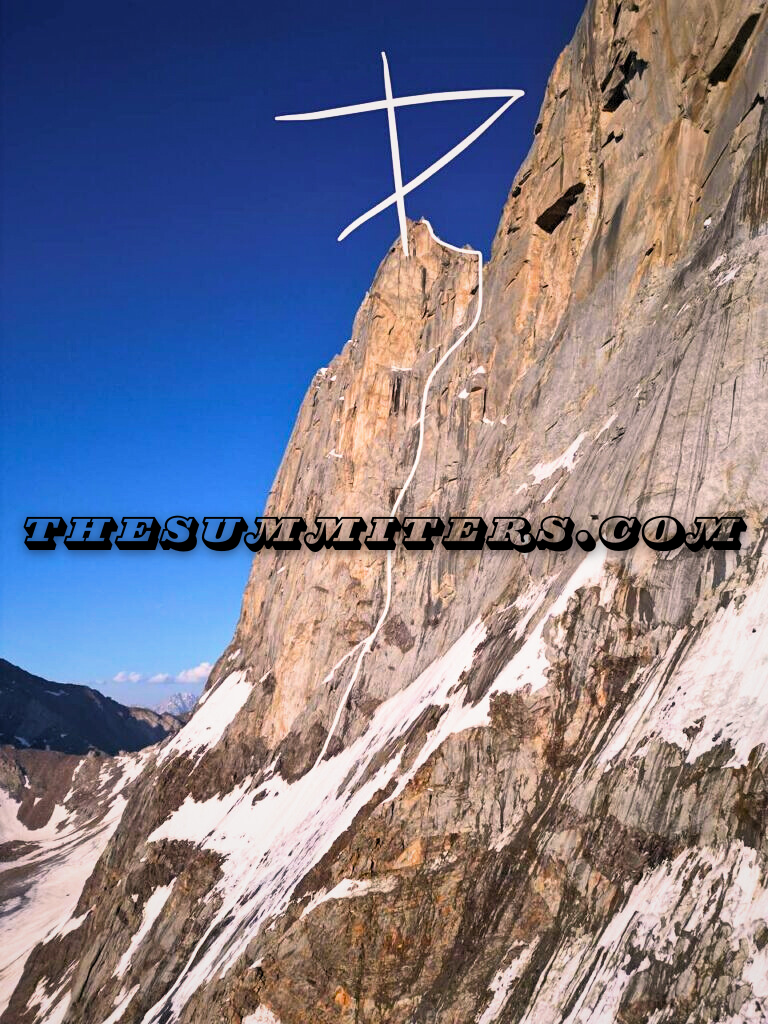
Lukashenko highlights that all decisions were made as a team.
“We certainly had our fair share of spirited debates—whether to rappel down on the first day or to go straight for the summit,” she said with a chuckle. “But despite the passionate discussions, we managed to reach consensus without any drama or hard feelings.”
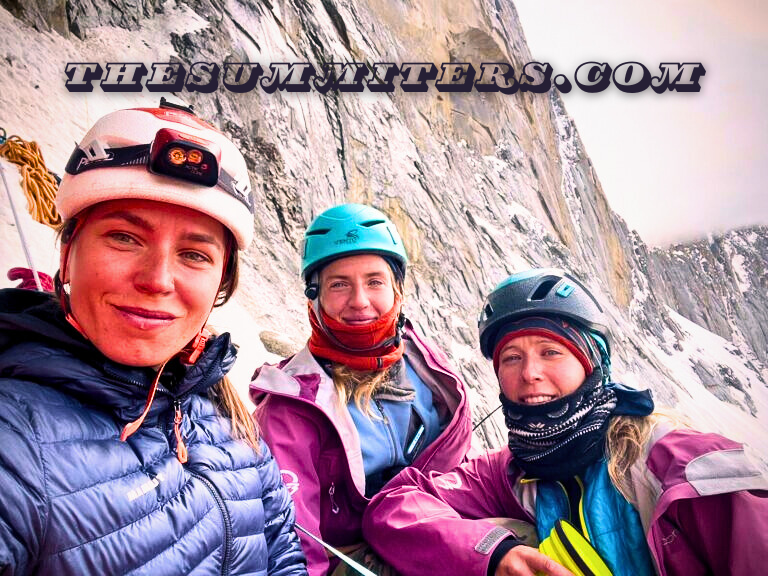
The team initially divided the climbing tasks like this: Lukashenko took on the mixed climbing, Darya Serupova handled the rock climbing, and Anastasia Kozlova focused on the aid climbing.
“But it wasn’t rigid,” Lukashenko explained. “Roles shifted and evolved as we progressed.”
“The Sabakh area and the Ashat Wall are truly amazing, with endless possibilities for new routes,” the women concluded.